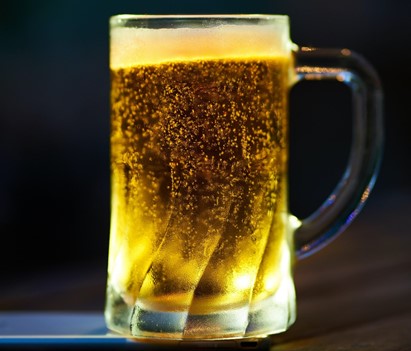IBD and CIBD AGM Results
We thank all our members who took part in this significant moment for our community by voting. The AGMs was an opportunity for our members to understand the key changes at the IBD as we finalise our transition to the CIBD.
As brewers, we view beer as a wonderful thing. We dedicate our lives to producing it and improving it, and consuming it fills us with joy. Beer is how we express ourselves and is something we love to share with the world. Sadly, for standard beer there are many people who can’t, don’t or won’t enjoy it because it contains alcohol. Today, thanks to years of hard work, research and experimentation it is possible to make great tasting beer without the alcohol.
There are lots of different names for a beer that contains very little alcohol. Depending on where you live, the same beer can be called zero alcohol, non-alcoholic, alcohol-free, no alcohol and even low alcohol. One thing’s for sure, in many parts of the world it’s becoming more popular. From 2017 to 2022 the global revenue from no and low alcohol beer has grown by $13 billion and people who earn lots of money by occasionally predicting the future accurately, reckon by 2027 it will be more than $43 billion.
The main reason for this (of course) is the skill and ingenuity of us brewers, with our good friends in marketing making a small but significant contribution. It has never been easier to produce delicious and nutritious no and low alcohol beer and the new continuing professional development course from the IBD will give you the most up to date information needed to do just that.
The No and Low Alcohol Beer Production Course covers the legal definitions of no and low alcohol beer, its nutritional benefits, how to brew it so it contains no or very little alcohol and how to remove or reduce alcohol if it is present.
The origins of no and low alcohol beer flavour and how it can be controlled are also discussed in detail, as is what we must do to ensure that it stays fresh and safe to consume. In short, everything any brewer worth their salt needs to know. In amongst this fine body of knowledge are some interesting and entertaining facts about no and low alcohol beer. Such as:
The course has been created in collaboration with leading brewers, brewing consultants, ingredient suppliers and manufacturers of dealcoholisation equipment and represents the most detailed and up to date knowledge available.
Making no and low alcohol beer requires a very different approach to that used to make standard beer and is a new skill that many brewers must master. We are confident that the IBD no and low alcohol beer production course is the perfect place to discover what you need to know to do this.

Written by Stuart Howe, Technical Development Manager at the IBD.
We thank all our members who took part in this significant moment for our community by voting. The AGMs was an opportunity for our members to understand the key changes at the IBD as we finalise our transition to the CIBD.
When considering a career in the beverage industry, many of us were enticed in by the waft of sweetness from a freshly made mash, the heady scent of the angels’ share or the feeling of pride at seeing our perfectly dressed bottle on a supermarket fixture.
IBD qualifications are recognised by employers as the gold standard in the industry.